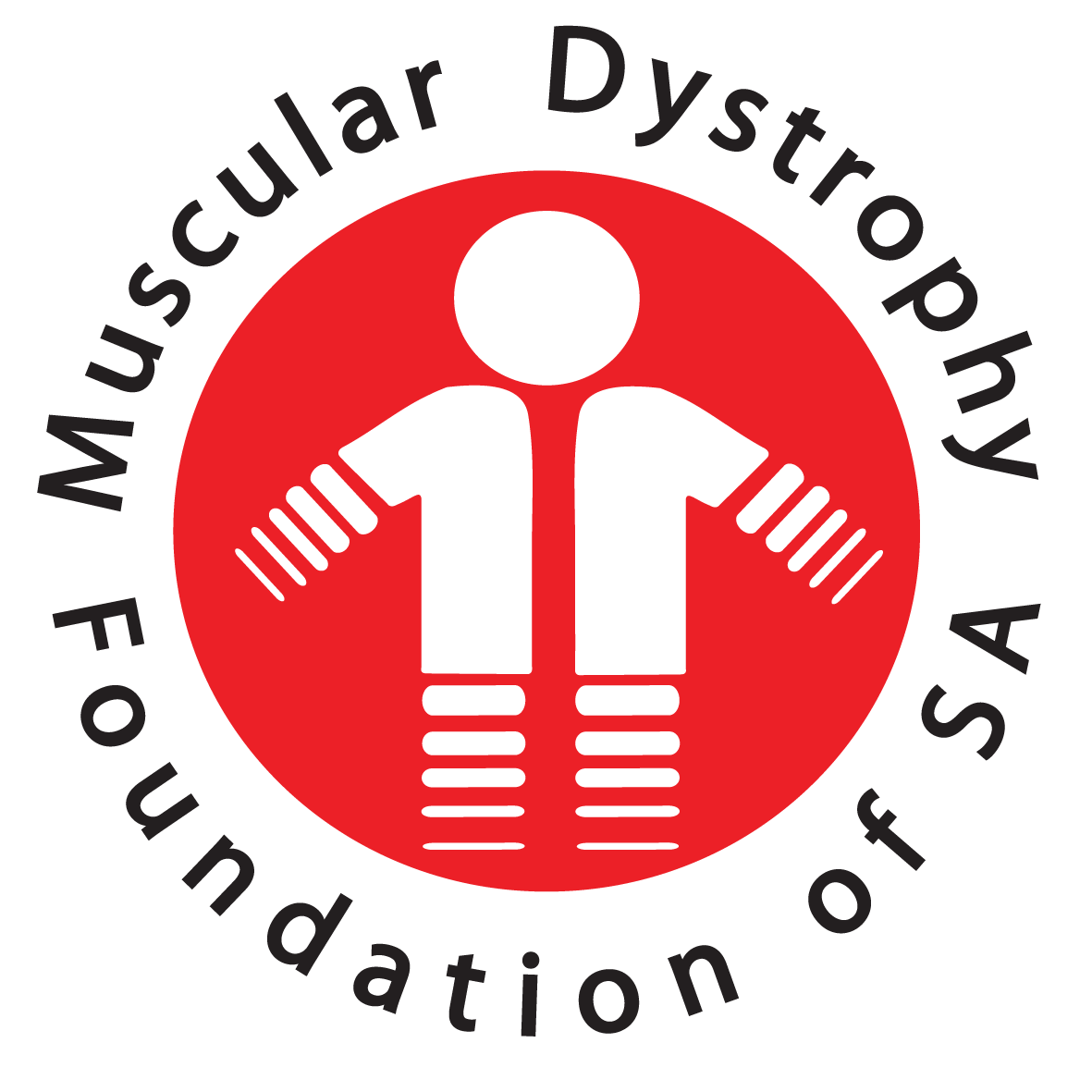Spinal Muscular Atrophy (SMA) Type 2
Respiratory care
- Individuals often have weak respiratory muscles, which can cause nocturnal hypoventilation (under-breathing at night) and make it difficult to cough effectively. This can make them more vulnerable to respiratory infections.
- Treatment for this is non-invasive ventilation, involving a small breathing machine attached to a mask. The aim of this treatment is to correct oxygen and carbon dioxide (waste gas) levels, which are altered as a result of the weak breathing muscles.
Anaesthetic precautions
- As there is a likelihood of respiratory muscle weakness, individuals with SMA Type 2 undergoing surgery should have a pre-operative evaluation including lung function tests, sleep study and cough assessment.
- In early stages of SMA, muscle cells develop certain abnormalities which can lead to dangerous reactions to muscle-relaxing drugs often used during surgery.
- When an individual with SMA must undergo surgery special precautions need to be taken. Ideally the surgery should occur in a specialist centre with staff experienced in managing these individuals.
- After having general anaesthetic, individuals must be weaned from invasive ventilator support (intubation) to non-invasive support. If an individual was able to breathe by themselves prior to surgery, the aim would be to try to wean them back to their pre-op baseline.
Chest infections – general advice
- Low threshold for the use of antibiotics is recommended.
- Ideally avoid stopping of feeding. Nutritional support must be maintained
- Intensive physiotherapy should be carried out in conjunction with cough augmentation techniques including cough machines, with oxygen saturations of less than 95 percent on room air. These interventions should be performed only by trained and experienced persons.
- Oxygen therapy may be needed during hospitalisation for a chest infection. If ventilator support is being used, then oxygen therapy should be combined with the ventilator. Care should be taken to avoid the risk of raised carbon dioxide (waste gas) levels with oxygen therapy.
- Sticky secretions can be helped with saline nebs although suction may be required if excess secretions are produced. .
- Intubation and ventilation is indicated in the presence of an acute reversible event unless there is an advance directive stating otherwise
Recommendations and precautions
- Immunisations should be kept up-to-date including the influenza and pneumococcal vaccine.
- For children under the age of two, who have had recurrent chest infections and are at risk of intubation and ventilation, it is advisable to have the RSV vaccination.
- Pregnancy in SMA Type 2 will cause breathlessness. It is recommended to have a full respiratory assessment prior to conceiving.
Fractures/traumas
- Bone density is poor owing to non-ambulation. Vitamin D supplementation is recommended, and calcium as indicated.
- Children are at risk after relatively low-impact injury. If more than two fractures have occurred, investigations for low bone density should be arranged at a specialist centre managing SMA.
- If the individual has a suspected fracture, because of poor bone density, the radiologist should use a low threshold for X-ray.
Feeding difficulties and care
- Gastroesophageal reflux can occur in SMA. Anti-reflux medication should be prescribed and investigated further if required.
- Where weight is not gained with dietary modifications or with an unsafe swallow, feeding supplementation is recommended. This can be either with the insertion of a nasal gastric tube or a more permanent feeding tube into the stomach (gastrostomy). If reflux is present, a nissen fundoplication is indicated.
For consensus care guidelines agreed by doctors and patient groups across the world, visit: www.treat-nmd.eu/care/sma/care-standards
Reprinted with permission of Muscular Dystrophy UK. Reviewed by Dr J Wilmshurst, Head of Paediatric Neurology, Red Cross War Memorial Children’s Hospital
